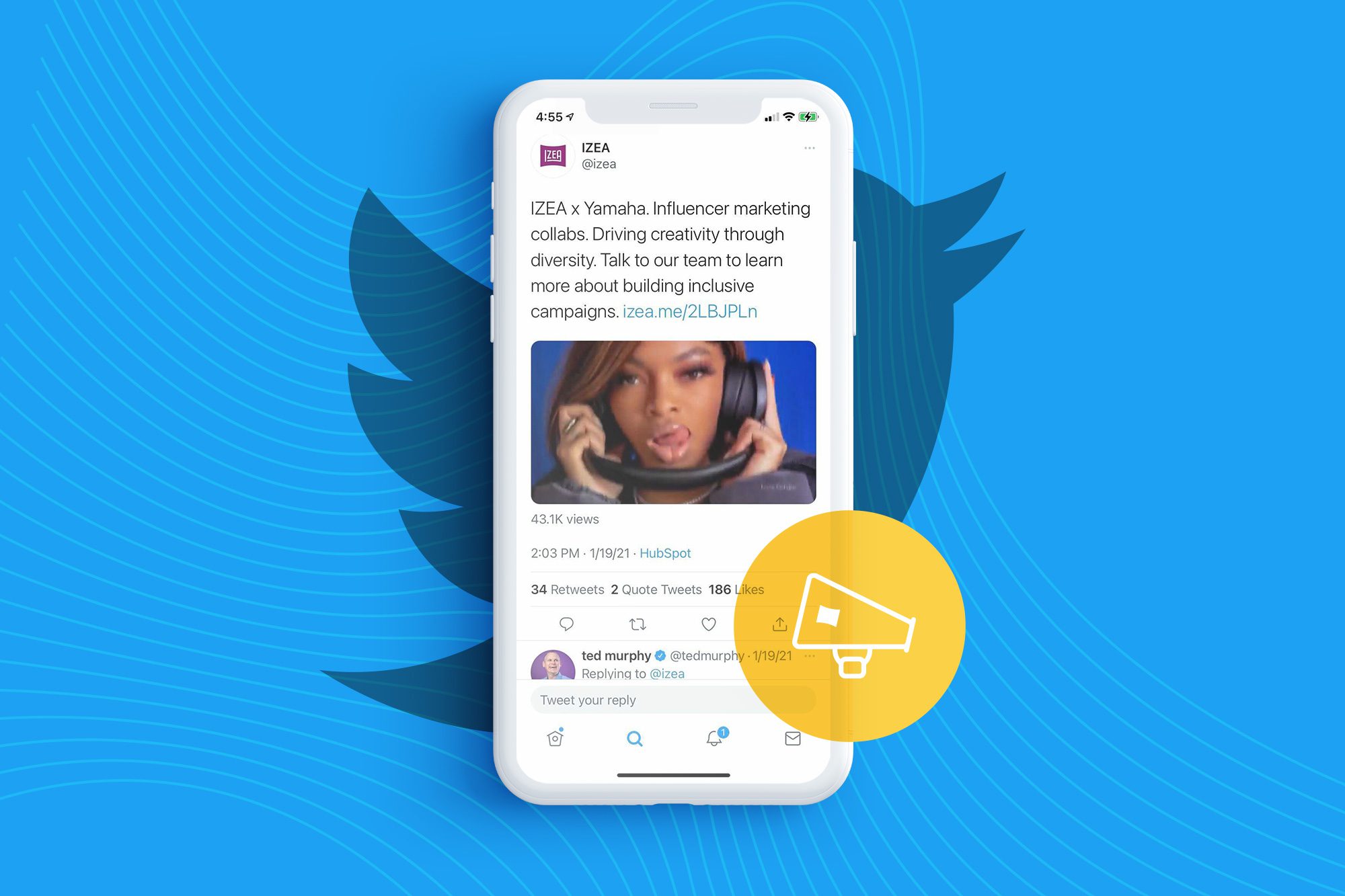No matter what industry you’re in, Twitter remains a staple of social media marketing. It’s an excellent platform for going back-and-forth with customers and among the most popular places for brands to handle customer service concerns.
And don’t let anyone tell you that Twitter is “dead.” With a rabid user base of over 200 million daily active users, Twitter is still booming.
But with so many brands and a constant flood of new content to compete with, how do you stand out? Don’t sweat it: growing your business’s footprint on Twitter doesn’t have to be rocket science.
Here are the ten steps to start growing your business on Twitter
1. Put Together an Eye-Popping Profile That’s Worth Following
The fact that Twitter is pretty minimalist in terms of setup and creatives is good news for brands. That said, there are a few key elements of your Twitter account to pay attention to if you want to attract followers. Specifically, make sure that you:
- Completely fill out your business’ key details such as location, and website
- Upload a high-quality logo and cover photo that’s easy to read via mobile screens (or a clear headshot if you’re creating a personal brand account)
- Personalize your Twitter bio to include a tagline, relevant promotions, a hashtag, and anything that highlights why you’re worth following
For example, check out how Too Faced Cosmetics’ bio is brimming with personality and includes an invitation for followers to share content using their hashtag.
And here’s an example of a personal account that highlights a sense of expertise and professionalism while still being stylish.
These details represent what users will see “above the fold” when they land on your Twitter profile for the first time. You might also want to consider including a pinned Tweet that sits above the rest of your posts. Use this space for important announcements or time-sensitive promotions.
Taking the time to optimize these elements of your profile can help you stand out from other Twitter users and give people a reason to follow you.
2. Promote Your Content (and Hype it Up with Unique Captions)
Content distribution goes hand in hand with Twitter marketing. Blog posts. Videos. Ebooks. You name it.
But you can’t expect to drop link after link to your company blog and expect much traction. Doing so is a surefire way to lose followers.
Remember that Twitter gives you 280 characters to work with for any given tweet. Take advantage of that real estate by giving context to your posts and highlighting why someone should check them out.
Meanwhile, media-centric posts like memes, macros, infographics, and videos traditionally perform well on Twitter.
Ideally, publishing content on Twitter means experimenting with a variety of different content formats. Just make sure that you couple anything you post with a unique caption to make your distribution efforts feel more human.
3. Provide Timely Customer Service (and Mind Your Mentions)
Customer service is a cornerstone of Twitter. The platform gives an avenue for consumers to reach brands directly. Also, keep in mind that your interactions are available for the world to see.
When it comes to customer service, brands should make a point to:
- Respond proactively and positively, never resorting to name-calling or accusations
- Personalize your responses to make them feel custom and not copy-and-pasted from a template
- Be willing to move your interactions to email or DM if necessary
Customer service is particularly important when running a Twitter for eCommerce. Failing to respond or answer a question could mean losing a potential customer.
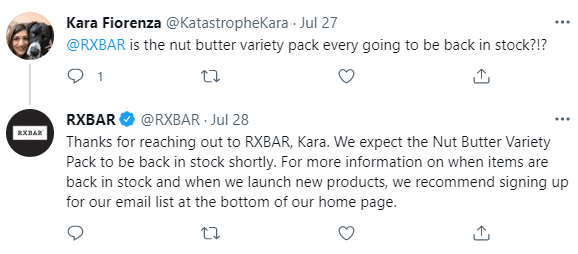
This speaks to the importance of regularly checking your Twitter notifications and not letting @mentions fall by the wayside. The longer you wait to respond, the longer bad feelings or questions can linger.
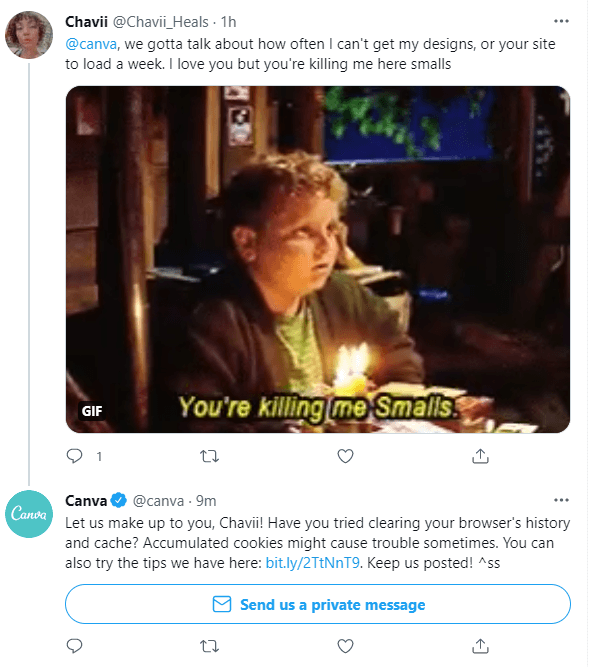
Beyond handling customer service directly, also consider how you can provide support via Twitter through your content. For example, Canva regularly publishes how-tos and tutorials featuring their product which can resolve issues before they have a chance to snowball.
4. Give Your Satisfied Customers a Boost
Twitter marketing is all about engaging with customers. And those interactions shouldn’t only be in response to questions or complaints. There are many ways to encourage positive interactions with your followers and audience that are centered on customer success. For example:
- Make a point to pose questions to your followers to drive discussions regularly
- Share user-generated content and customer photos to highlight your satisfied customers
- Retweet compliments, shout-outs, and positive reviews
We can’t overstate how important it is to monitor your mentions. Much like you can’t let complaints go unanswered, the same rings true for shout-outs.

Don’t hesitate to make customers central to your Twitter marketing strategy. Customer photos and glowing reviews aren’t just great for your reputation: they’re fantastic pieces of content to fill your Twitter feed between posts.

5. Make Sure Your Brand Voice Shines Through Your Tweets
If you want to build brand awareness on Twitter, pay special attention to your tone and voice.
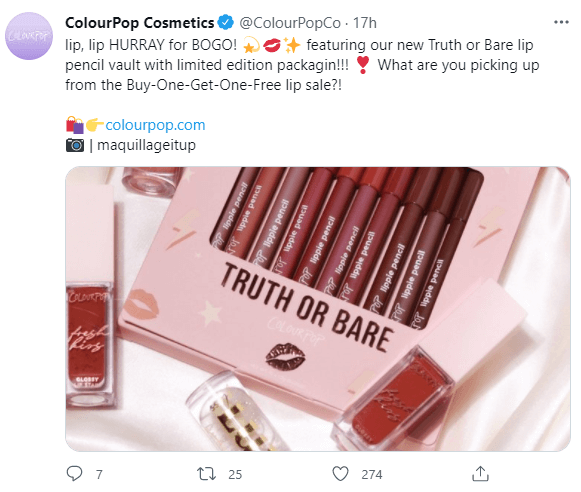
A common thread between many of the most-followed brand accounts? Their tweets feel like an actual person wrote them. This is often achieved through humor or a conversational tone. On the flip side, being heartfelt or sentimental can do the trick. Either way, don’t let your tweets feel too rigid or “businesslike.”

This might seem like a straightforward tip, but many brands get this wrong.
6. Use Hashtags to Connect Your Tweets
Twitter hashtags denote what your tweet is about (think: #marketing, #fashion, #ecommerce) and serve as a way to put your brand’s sort of “stamp” on a post.
Some brands use tags to encourage people to publish customer photos. Others might use hashtags to highlight different content themselves, like #WednesdayWisdom or #MotivationMonday.

Hashtags are also awesome for highlighting new announcements and promotions. For example, if you have a multi-week product launch or promotion, you can tie a specific hashtag to it.

The jury’s always out on how many hashtags you should use on a post, but between one and three seems to be the happy medium for most brands. For more details on how to take full advantage of hashtags, make sure to check out our comprehensive guide to Twitter hashtags.
7. Optimize Your Publishing Schedule
Twitter for business is unique as you’re encouraged to publish much more often than other networks.
For example, publishing multiple times per day is fair game. This is especially true if you’re frequently retweeting followers or publishing user-generated content in addition to your own posts. If you’re strapped for time or resources, though, posting daily is totally fine.
Publishing multiple times per day is also acceptable, considering that not everything you publish is guaranteed to be seen by your followers. According to data by Hootsuite, the best time to post on Twitter is 8 am between Monday and Thursday.
There are many third-party tools out there that will help you to schedule your tweets, post when people are most engaged, and curate fresh content for your feed (think: Hootsuite or Sprout Social). Beyond these tools, Twitter’s native Tweetdeck platform allows for simple scheduling so you can easily plan out your content calendar in advance.
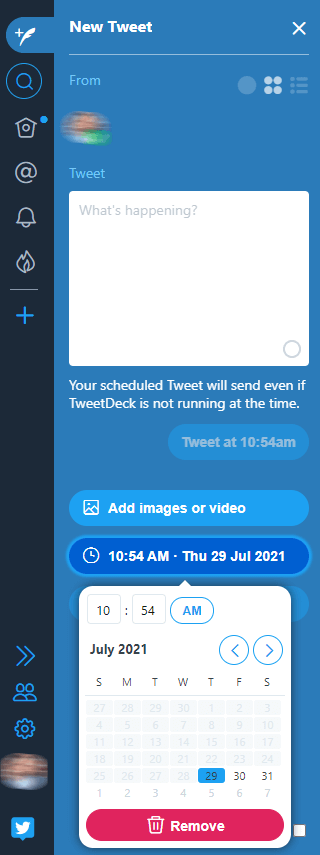
8. Make Frequent Touchpoints with Other Twitter Accounts
No surprises here: increasing the visibility of your account and gaining followers means interacting with other accounts.
Likes. Comments. Retweets. These sorts of touchpoints allow you to get the attention of other users and raise awareness. From employees and colleagues–to brands you admire and potential partners, don’t be shy about engaging (as long as you aren’t spamming).
Also, consider using Twitter lists to keep tabs on accounts you interact with regularly. For example, you might make a list of industry bloggers or outreach candidates so you can better monitor their activity and never miss their latest posts.
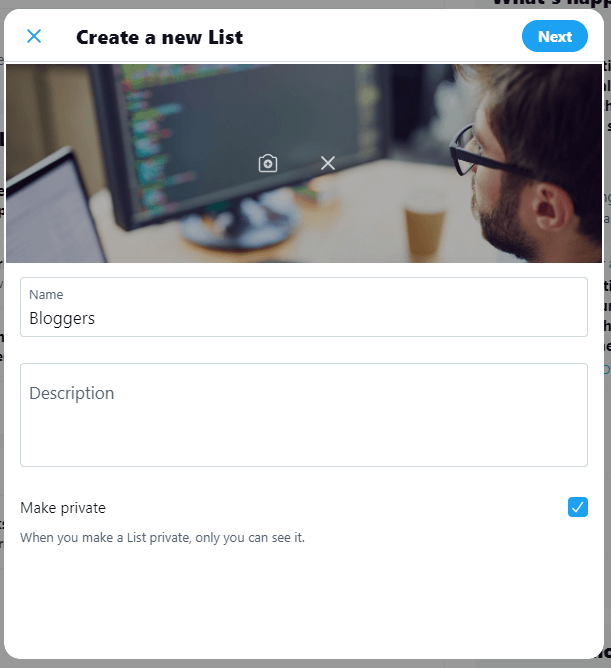
9. Partner with Twitter Influencers to Spread the Word
Partnerships and interactions are vital to growing your footprint on Twitter.
This is where influencer marketing can be a game-changer for boosting your follower count. By working with influencers, you can introduce your brands to relevant customers through paid collaboration. Given that many influencers are verified on Twitter and have huge followings, these relationships represent a way to give your brand more credibility instantly.

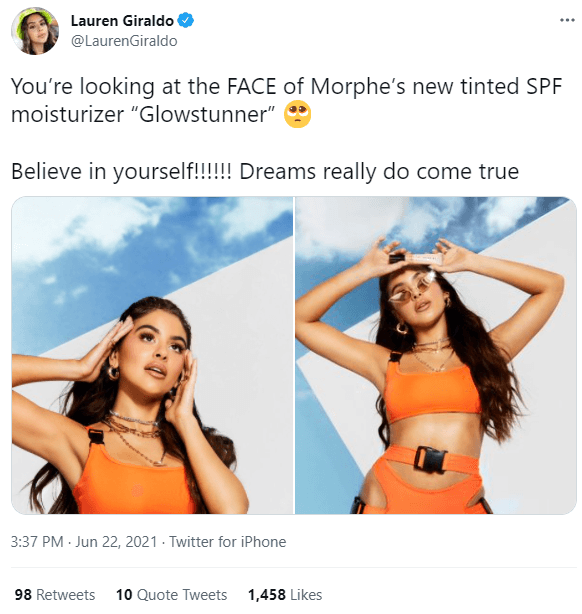
An upside of working with influencers is that you can measure engagement and reach without the guesswork involved in traditional Twitter ads. If you’re using a platform like IZEAx Discovery, you can quickly hone in on influencers relevant to your target audience.
10. Track your Twitter Performance and Activity
Just like you’d measure the performance of any of your campaigns, your Twitter marketing efforts are no different.
For example, do you know which posts are your top-performers? Are you consistently growing your follower count? What was your most popular tweet last month?
Beyond the third-party platforms noted earlier, Twitter’s native analytics platform is surprisingly powerful. You can glean a ton of insights, including all of the above to help you understand what’s working and what’s not.
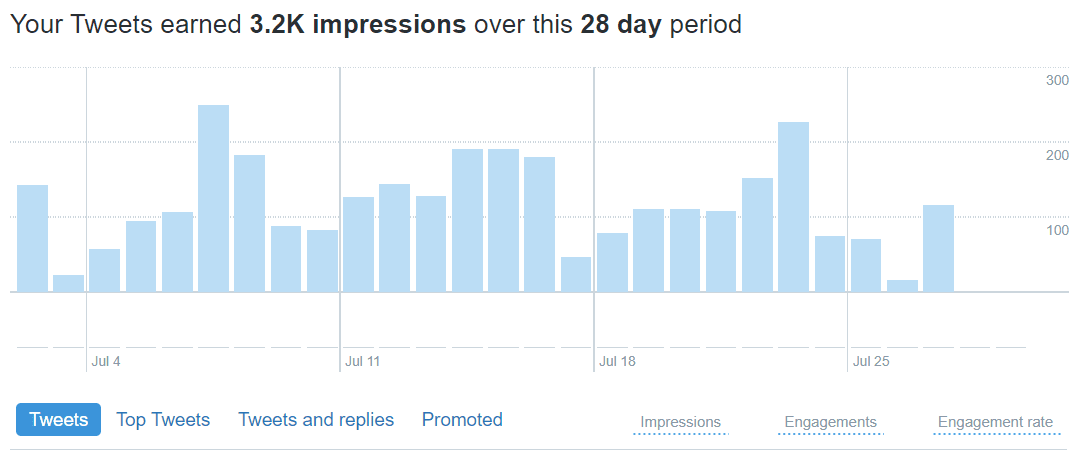
Oh, and don’t forget about tracking your traffic directly to your site from Twitter via Google Analytics. You can then see how your traffic behaves versus other platforms regarding clicks, time spent on-site, and most-viewed content.

What Does Your Twitter Marketing Strategy Look Like?
We get it: building a presence on Twitter can be daunting for first-timers.
But given the simple nature of the platform and how much creative freedom you have, doing so is easier than you think.
Sticking to the steps above can help you build a following from scratch. Just make sure you have meaningful interactions with your customers and let your unique voice shine through while you do so.
And if you need some extra help building brand awareness on Twitter, make sure to check out how IZEA can help through influencer marketing.
Learn more: The world’s biggest brands trust IZEA’s influencer marketing software and managed solutions. Find out which solution is right for you.
